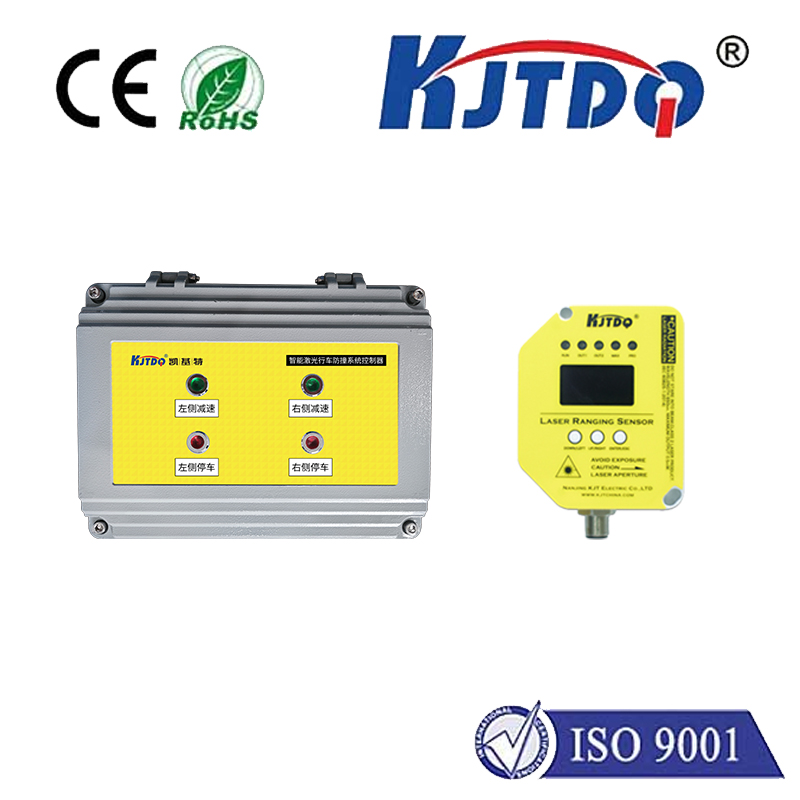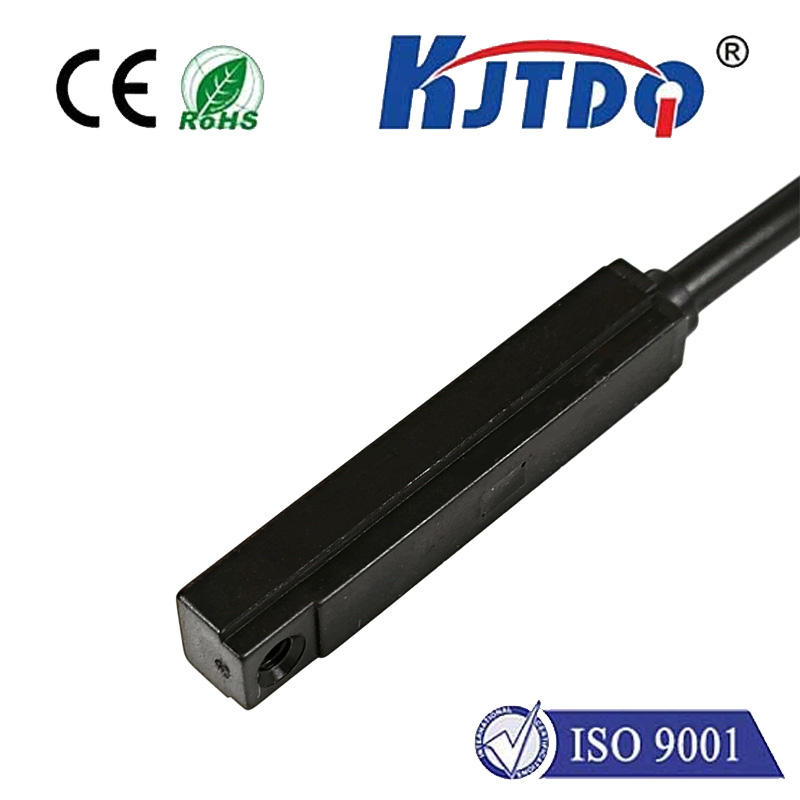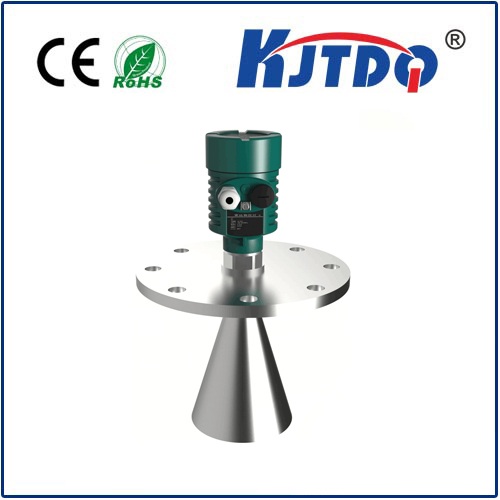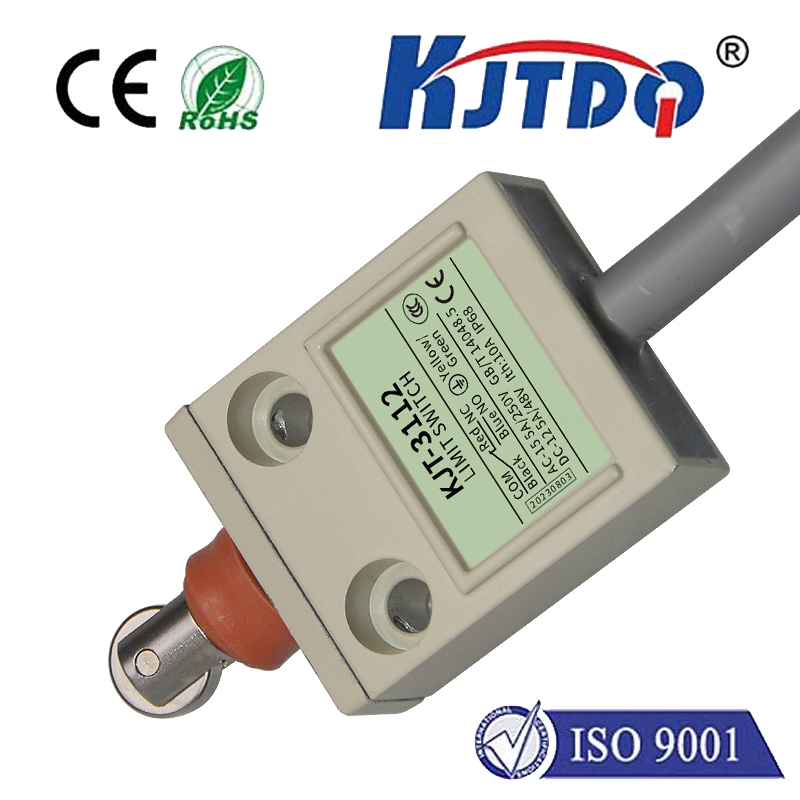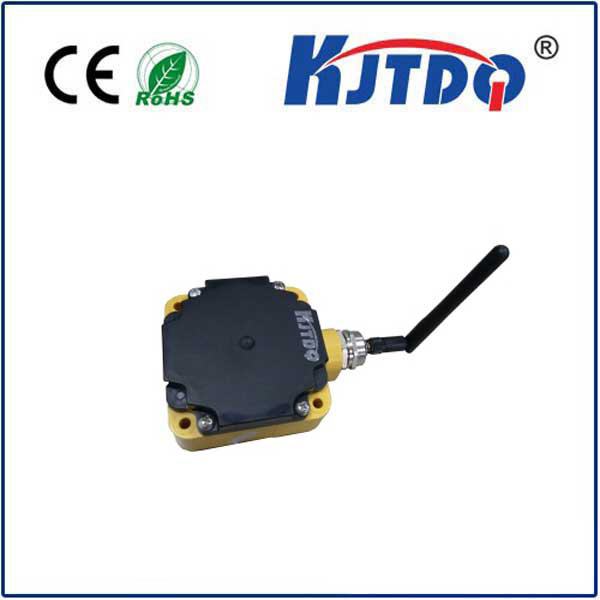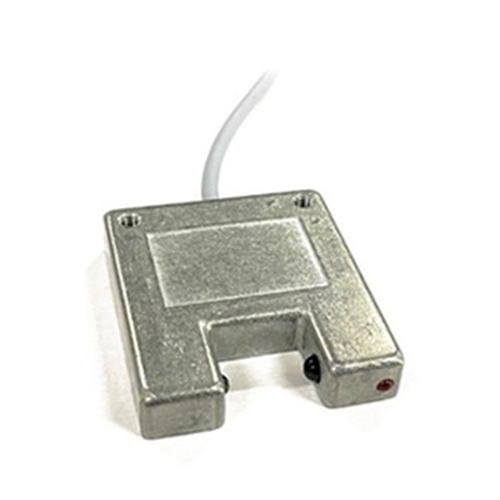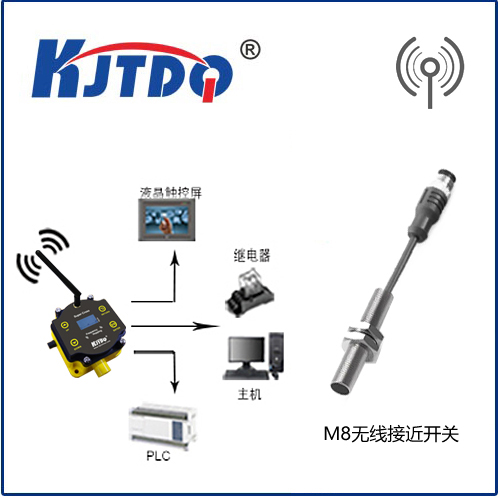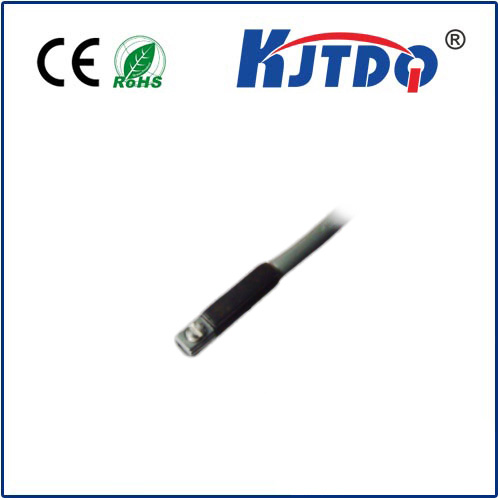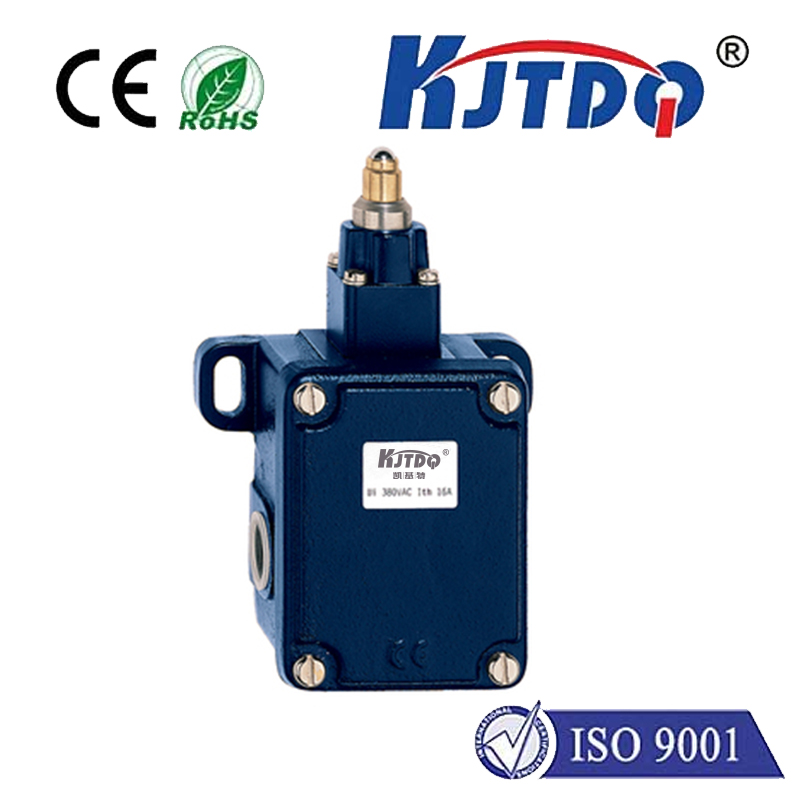

check

check

check

check

check

check

check

check

check

check
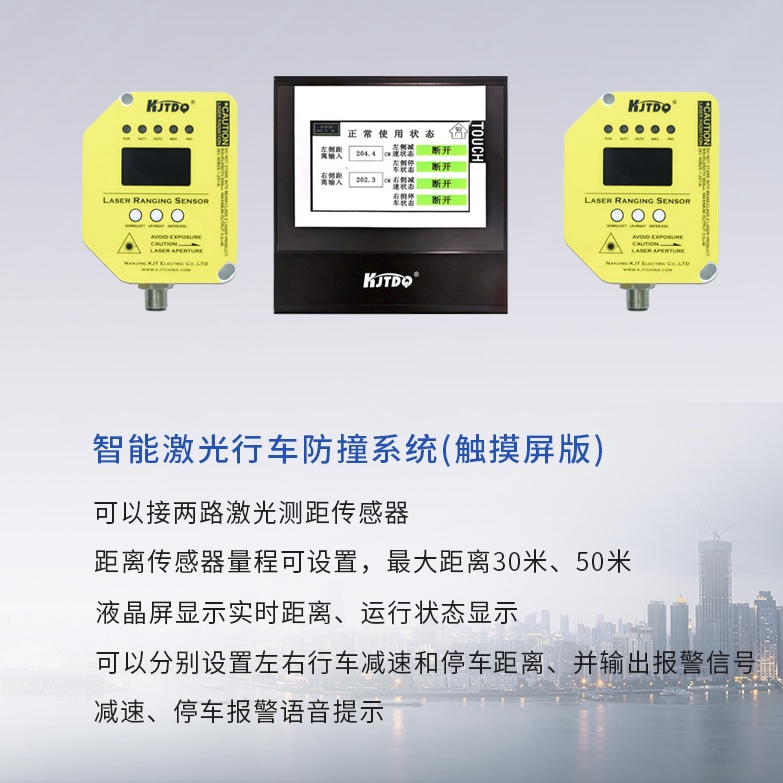
1. Obstacle detection: Laser measurement sensors can scan the surrounding environment and detect whether there are obstacles. If an obstacle is found, the self-driving car will perform appropriate processing, such as braking or steering, based on the data provided by the sensors.
2. Positioning and navigation: The laser measurement sensor obtains the position and attitude information of the car by measuring the distance of the vehicle in front and the shape around the vehicle, and compares it with the map to achieve accurate path planning and navigation.
3. Lane recognition: During the driving of a self-driving car, the laser measurement sensor scans the signs and lines on the road to identify the position and width of the lane. Accurate lane recognition can ensure that the car drives correctly.
4. Automatic parking: Laser measurement sensors can be used for automatic parking. By scanning the surrounding environment, they can obtain information such as the distance and angle between the car and the parking space, so that the vehicle can automatically park in the designated parking space.
5. Anti-collision system: The laser ranging sensor can identify the distance between the vehicle and the target vehicle in front or behind. When the distance between vehicles is less than a predetermined safe distance, the anti-collision system will perform emergency braking on the vehicle, or issue an alarm to the driver, or make an immediate judgment and response on the vehicle's driving based on the target vehicle speed, vehicle distance, vehicle braking distance, response time, etc. Response can significantly reduce traffic accidents.
In general, the application of laser ranging sensors in driving can help improve driving safety.
